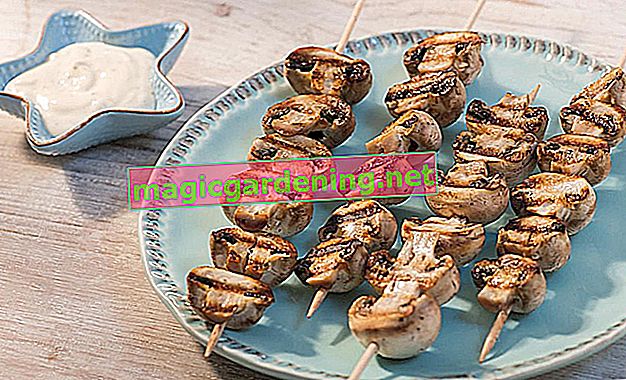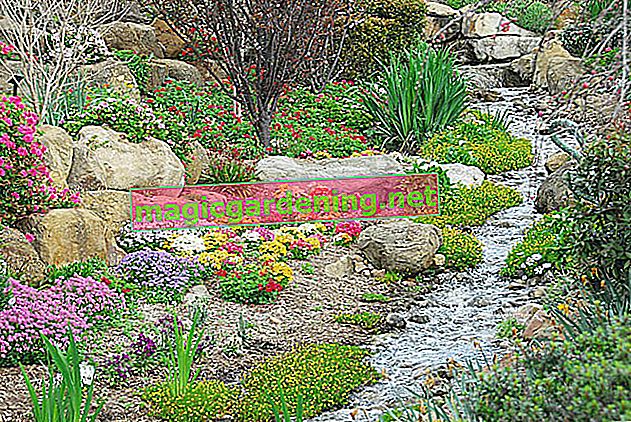
Which types of turtles feel good in the garden?
Among the more than 300 species of turtles, it is primarily Mediterranean tortoises that are suitable for keeping in the garden. In contrast, tropical species are dependent on a life under the controlled conditions of the terrarium. The following species are shortlisted for outdoor husbandry:
- Greek tortoise (Testudo hermanni)
- Wide-brimmed tortoise (Testudo marginata)
- Moorish tortoise (Testudo graeca)
- Four-toed tortoise (Testudo horsfieldii)
also read
- Keeping bees in the garden - this is how it works
- Keeping Norway maple roots in check - is that possible?
- Keeping gentians in the garden - this is how the alpine flower will certainly thrive
Please make a clear decision between keeping it in the garden or in the terrarium. Even robust turtles cannot stand a repeated change of location between inside and outside in the long run.
What does a turtle need for a species-appropriate life?
Regardless of their leisurely locomotion, turtles need a large territory. Plan an area of at least 10 square meters for an animal. For each additional copy, 5 square meters are added. A varied terrain with areas of sand, gravel, stone and grass as well as boulders to provide shade is ideal. Your turtle flock also wants these components:
- A shelter with lighting and heat lamps
- Up to the age of 3 with 2 square meters, later more spacious
- Garden soil without pesticides or chemical fertilizers
- Small conifers for protection from strong sun or pounding rain
- Forage plants in different places, such as dandelion, clover, dead nettle or ribwort
When setting up the garden as an outdoor enclosure, please keep in mind that turtles are cold-blooded creatures. They do not have their own core body temperature. In order to warm up to an ideal 35 degrees Celsius, they depend on the sun or artificial heat sources.
Tips
Turtle species for keeping in the garden go into hibernation. For this purpose they need winter quarters. A wooden box filled with a base made of coconut fibers and humus garden soil is well suited. After a preparation phase of about 4 weeks, the turtle stops eating, is placed on the substrate and covered with leaves. Until spring it lingers at temperatures of 10 degrees during the day and 6 degrees at night.








